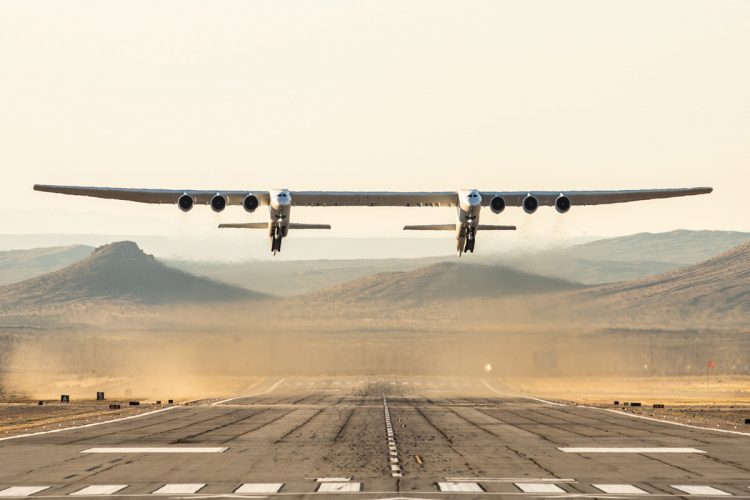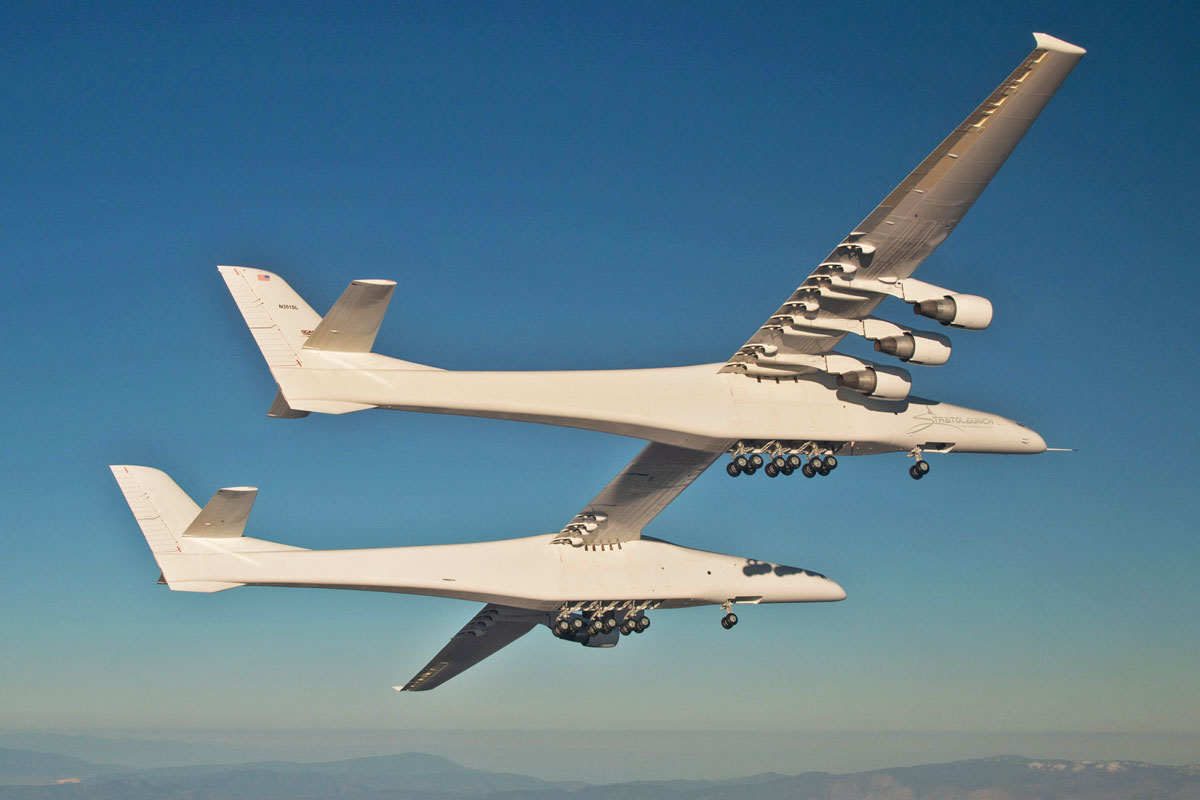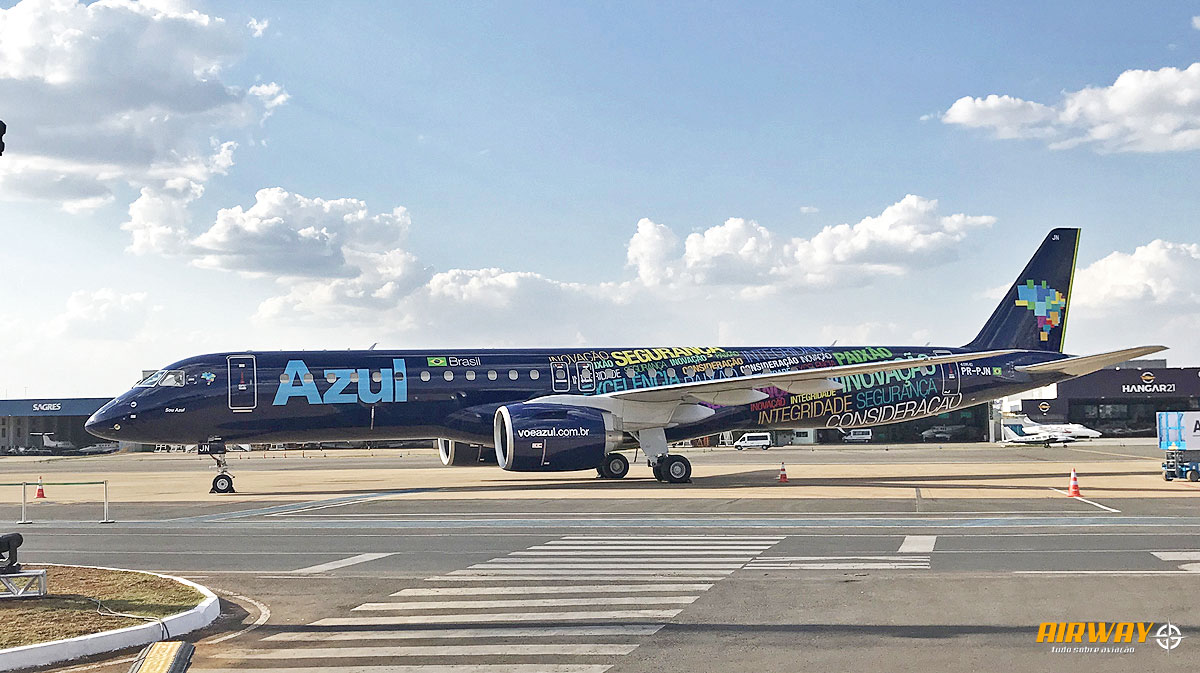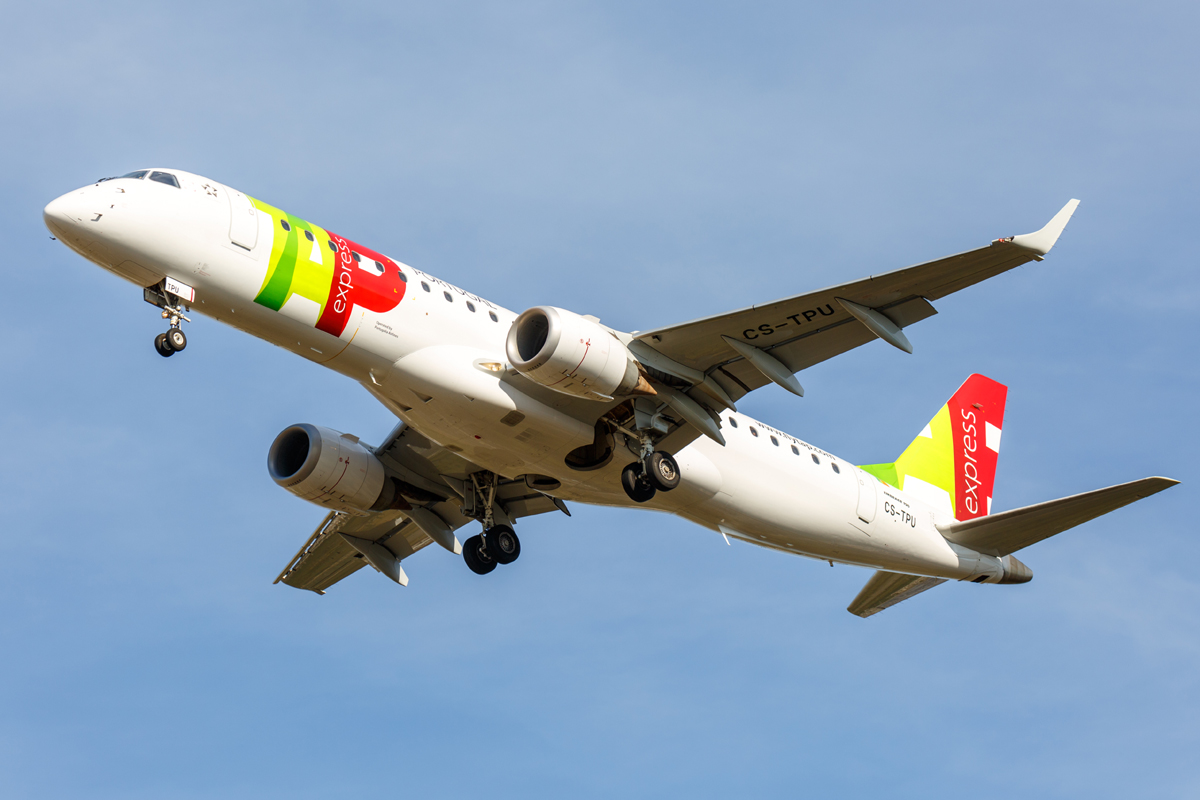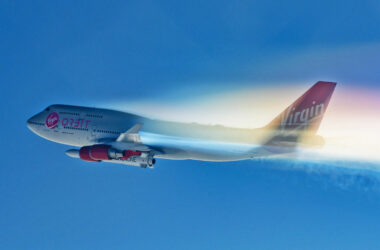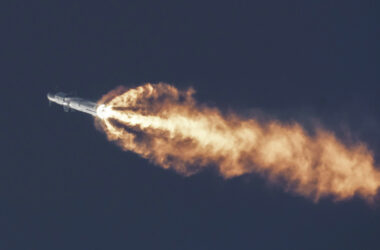Not flying since April, the giant two-fuselage, six-engine turbofan aircraft created by Stratolaunch received good news last week. The company, created by Steve Allen, one of the founders of Microsoft, has a new owner.
The information was revealed by Stratolaunch without further details, keeping the mystery about who took over the company, created through private space exploration initiatives in the United States. Nonetheless, it is a relief to see that all the work Allen started, who passed away in October last year, was not in vain.
“Stratolaunch LLC has transitioned ownership and is continuing regular operations. Our near-term launch vehicle development strategy focuses on providing customizable, reusable, and affordable rocket-powered testbed vehicles and associated flight services. As we continue on our mission, Stratolaunch will bring the carrier aircraft test and operations program fully in-house. We thank Vulcan Inc and Scaled Composites for turning an ambitious idea into a flight-proven aircraft,” the company said in a statement on Oct. 10.
The Stratolaunch project was announced in December 2011 and aimed to develop an air launcher capable of carrying large space devices. The concept has been used for some time with adapted aircraft such as the Lockheed L-1011 TriStar, but the company preferred to create a single aircraft designed by Scaled Composites with two twin fuselages and six PW4000 engines similar to those used by the Boeing 747-400.
Between the two fuselages is the space to carry rockets and even manned spacecraft. In order to accomplish this mission, Stratolaunch went down in history as the aircraft with largest wingspan in the world. From end to end, its wings are 117 meters, 20 meters longer than the Hughes H-4 Hercules, seaplane created by eccentric Howard Hughes who, like Allen’s plane, only flew once.
The inaugural flight in April lasted about 2.5 hours with a modest flight envelope: a top speed of 278 km/h and an altitude of 4,570 meters. Unfortunately, the company had been struggling financially since Allen’s death. In January, its spacecraft development program was suspended and Stratolaunch said it would focus on preparing its aircraft to launch the Pegasus rocket and thus generate some revenue.
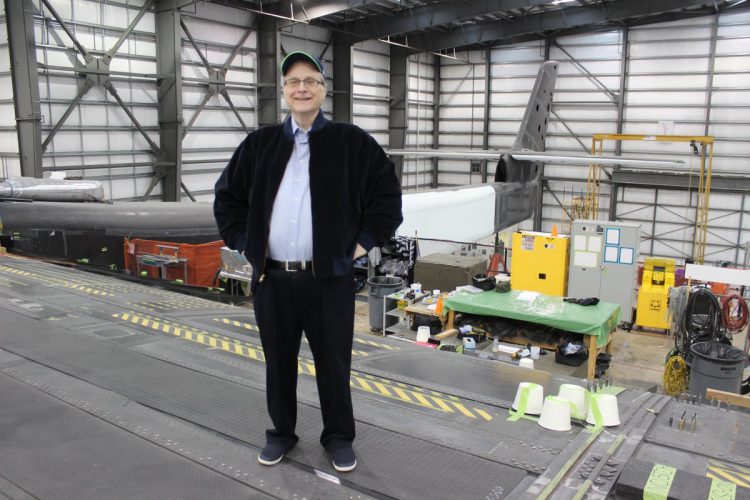
After performing the historic flight, Stratolaunch disappeared from the media. In June, Reuters reported that the company had laid off a large number of employees and could be closed at any time if no one interested in its project emerged.
For the press, the company said it could not give details of the deal at this time nor reveal who the new owner is. What is certain is that from now on the testing program will be conducted by the team itself instead of being in charge of Scaled Composites. It is not yet known if the new owners have any other plans for Stratolaunch, but it is a relief to know that the huge two-fuselage plane is due to return to the skies soon.
